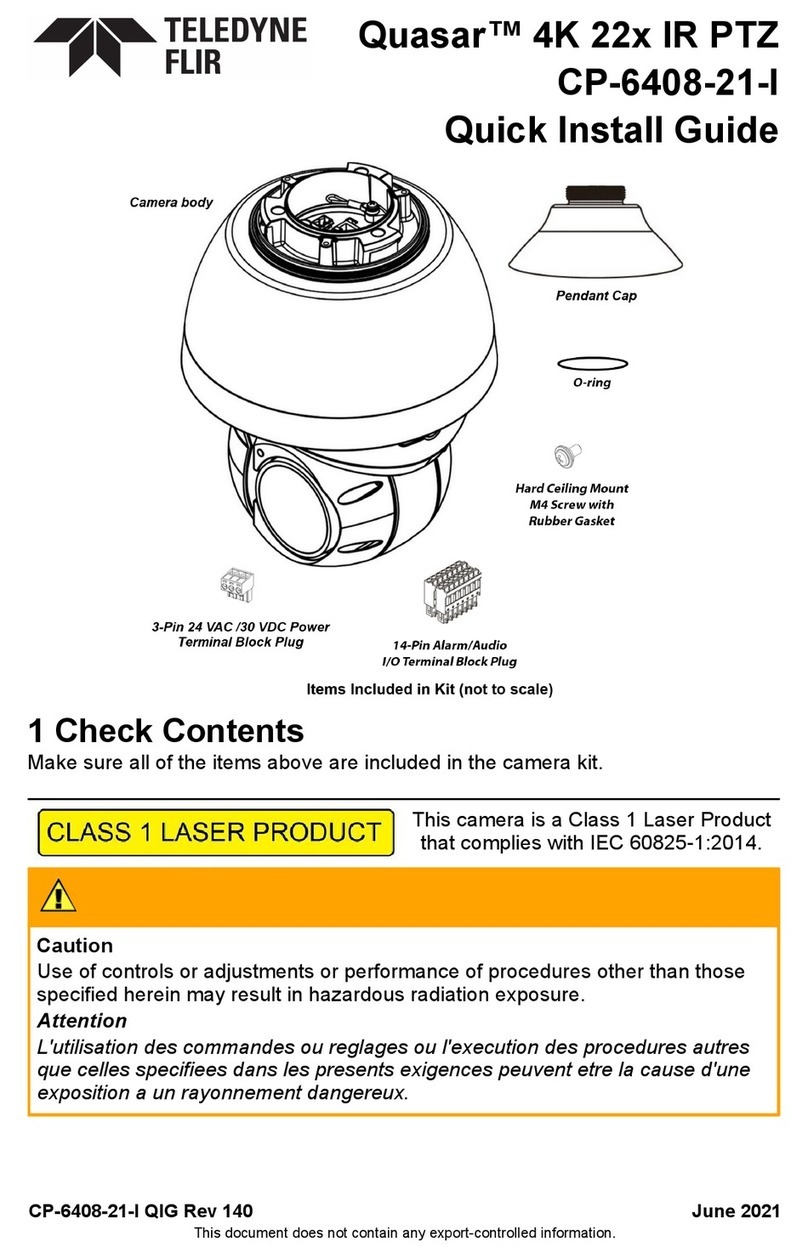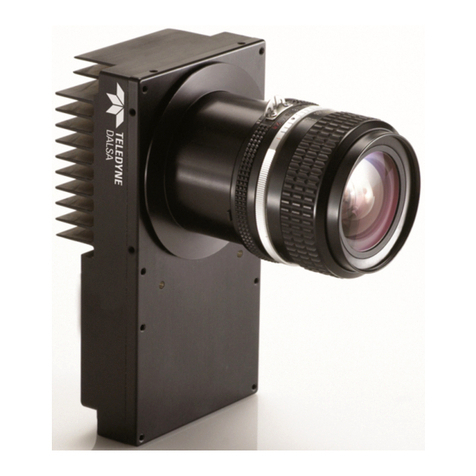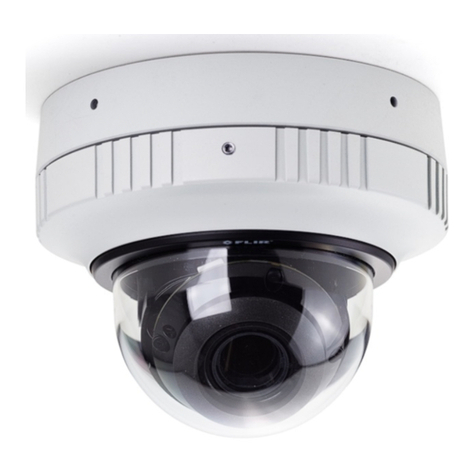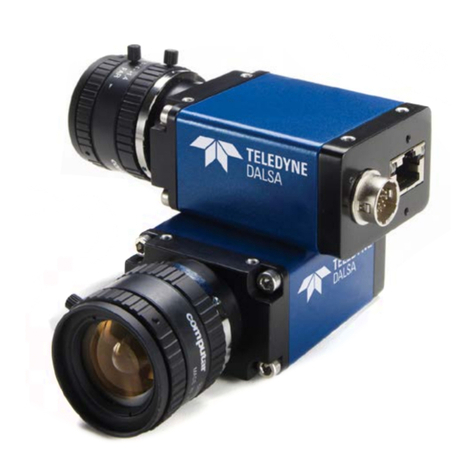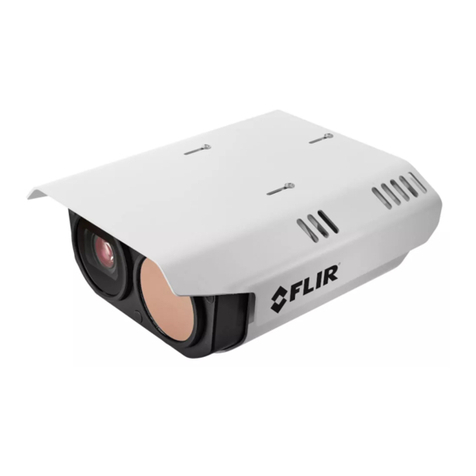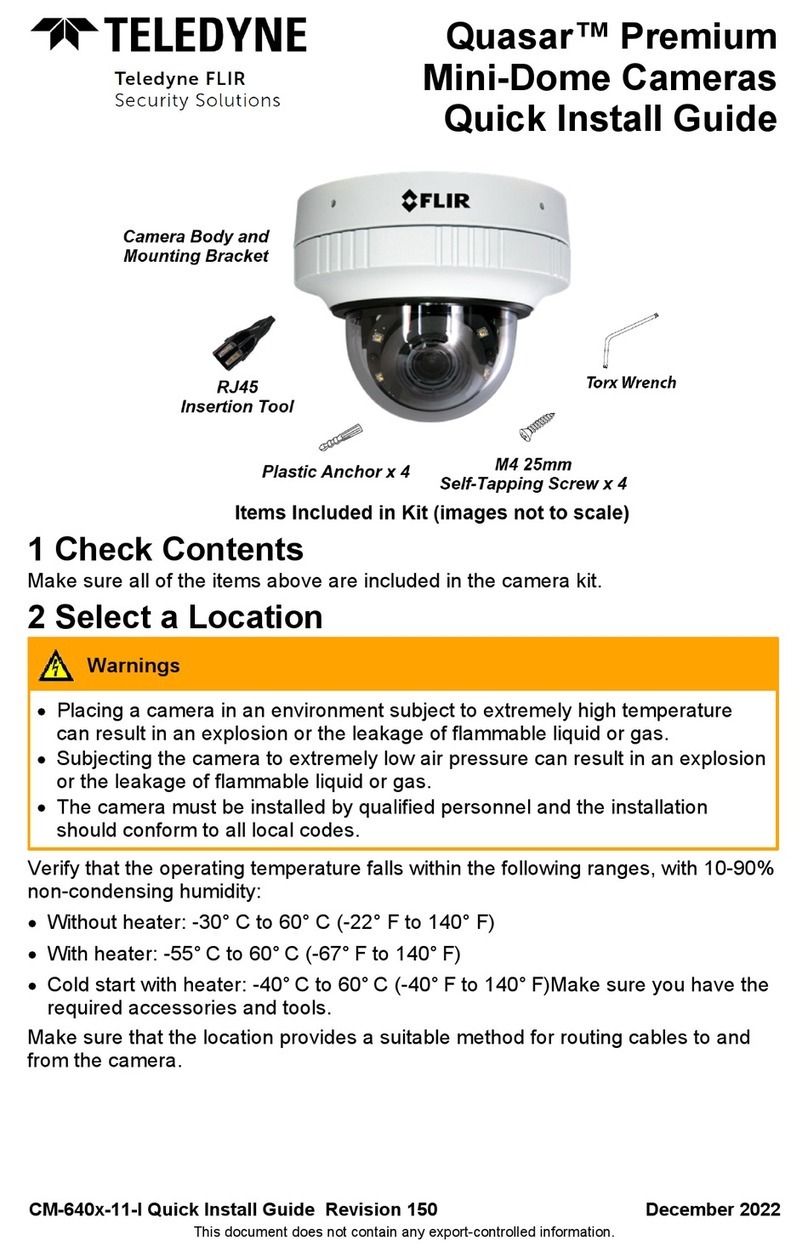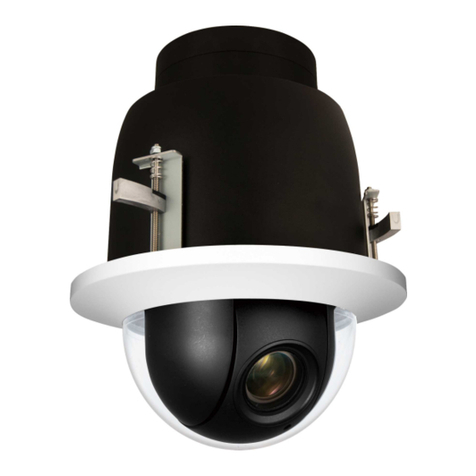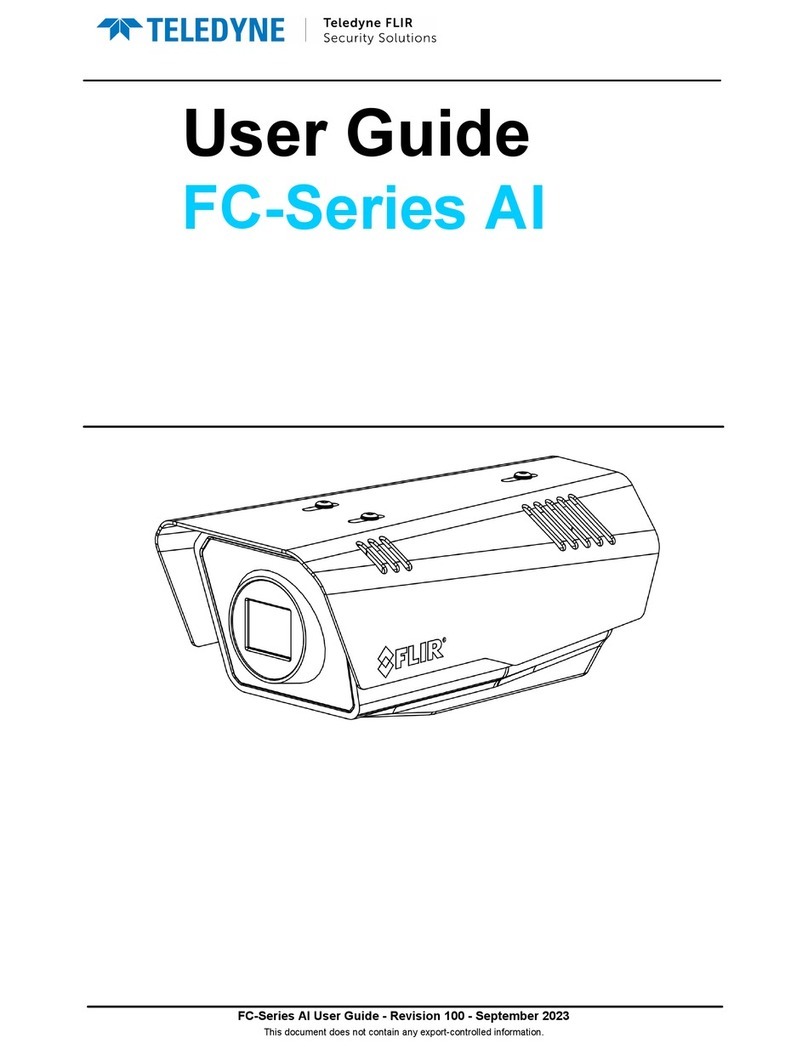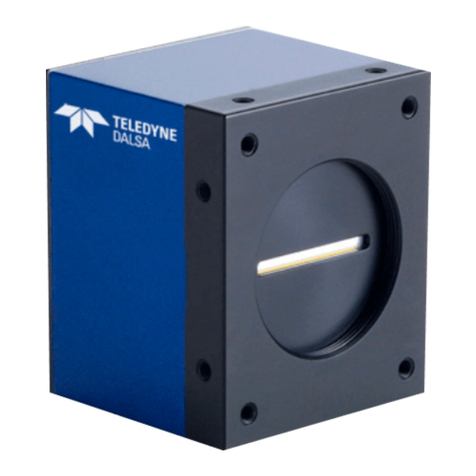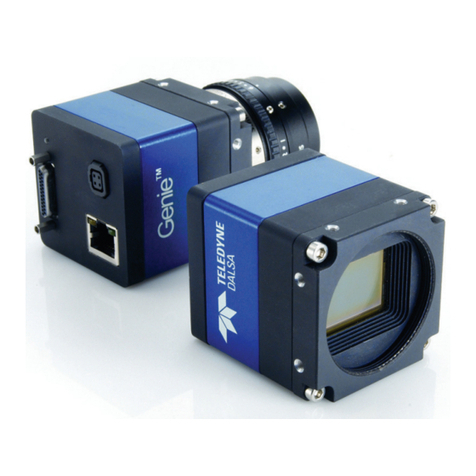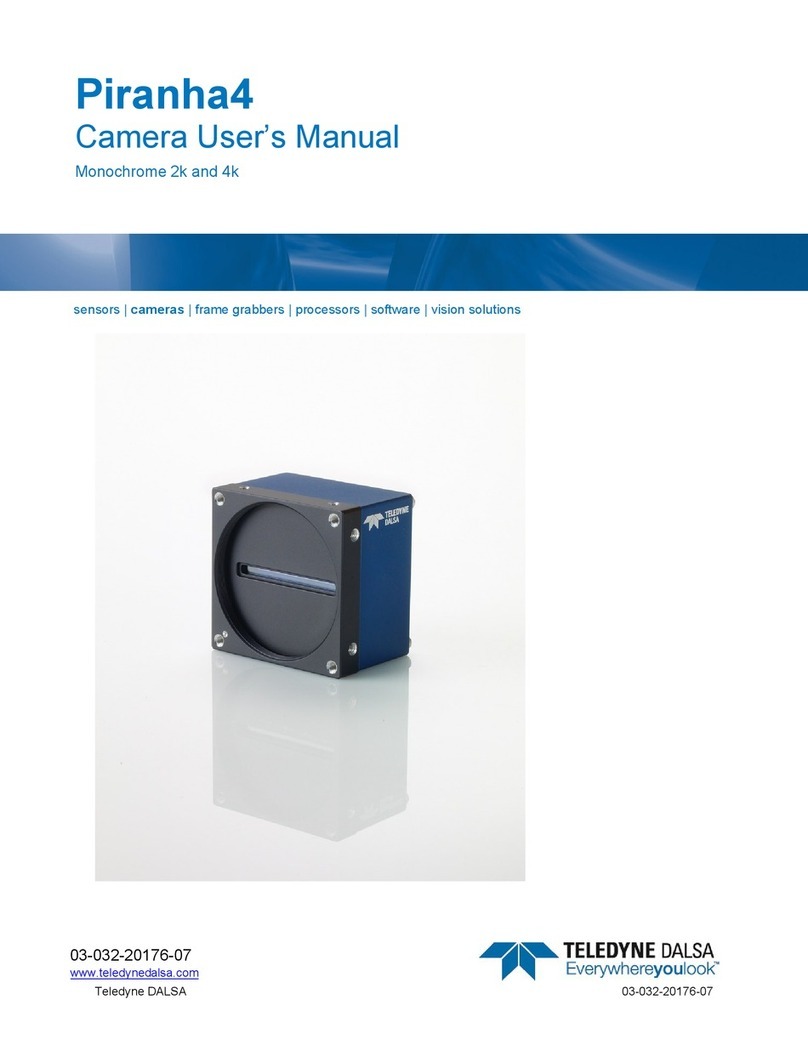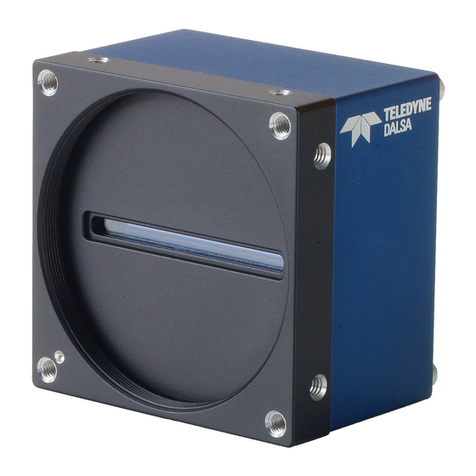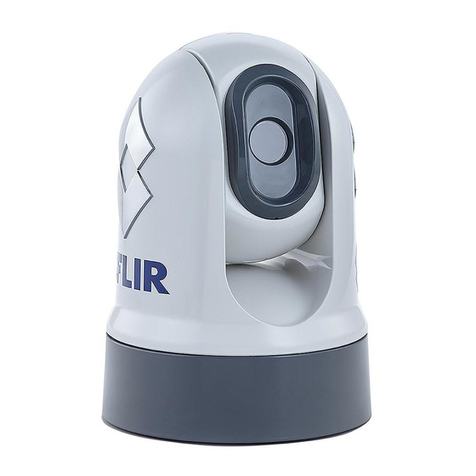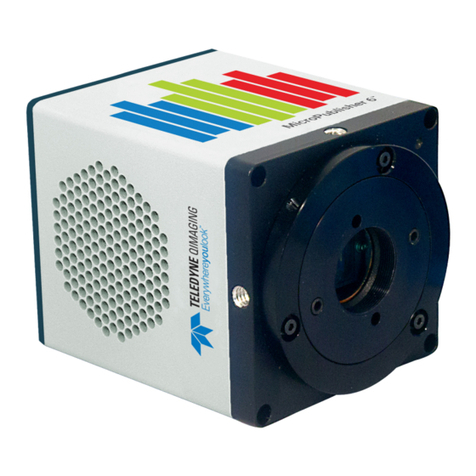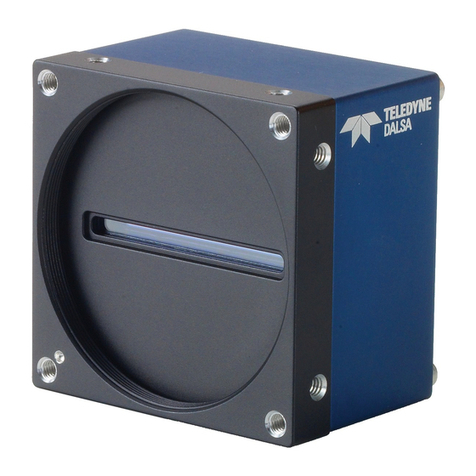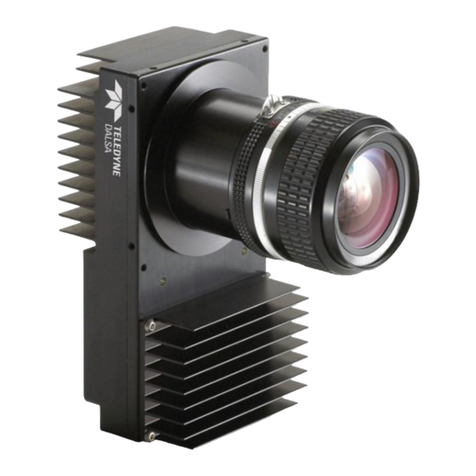
This document does not contain any export-controlled information.
Table of Contents
iv
Quasar CP-6302 Range Installation Manual - Ver. 5 - December 24, 2021
1. Document Scope and Purpose .................................................................................................. 1
2. Accessing Product Information from the Teledyne FLIR Website ........................................ 4
3. Overview ...................................................................................................................................... 6
Features ............................................................................................................................... 7
3.1
Package Contents ............................................................................................................... 8
3.2
Camera Dimensions ............................................................................................................ 9
3.3
System Requirements ....................................................................................................... 10
3.4
4. Installation ................................................................................................................................. 11
Site Preparation ................................................................................................................. 11
4.1
Camera Connectors - All models ...................................................................................... 12
4.2
Connecting Power to the Camera ........................................................................ 13
4.2.1
Connecting the Unit to the Network ..................................................................... 15
4.2.2
Connecting Leads to a Spring Clamp Terminal Block ......................................... 15
4.2.3
Using DNA to Access the Camera .................................................................................... 16
4.3
Initial Camera Configuration .............................................................................................. 17
4.4
Waterproofing the Camera ................................................................................................ 19
4.5
Mounting the Camera ........................................................................................................ 20
4.6
Securing the Camera ........................................................................................... 20
4.6.1
Wall Mount Bracket CX-ARMX-G3 ...................................................................... 21
4.6.2
Wall Mount Bracket with Power Box CX-ELBX-G3 ............................................. 23
4.6.3
Gooseneck Mount with Power Box CX-GSNK-G3 .............................................. 25
4.6.4
Mount Adapters .................................................................................................... 26
4.6.5
Corner Adapter CX-CRNR-G3 ................................................................................... 26
4.6.5.1
Pole Adapter CX-POLE-G3 ........................................................................................ 28
4.6.5.2
In-Ceiling Mount ................................................................................................... 28
4.6.6
Configure the Camera ....................................................................................................... 30
4.7
